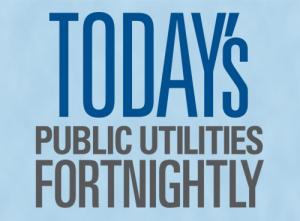The Feds reported July’s Consumer Price Index: The CPI for all goods and services rose 1.8 percent since July of last year, nearly two percent. The electric rates component rose 0.5 percent during the same time period, a half percent. So kudos to utilities and utility regulation for keeping rates decreasing inflation-adjusted.

Even in the summer, when electric rates always peak. In the last dozen years, 2007 through 2018, the electric rates component of the CPI peaked in June in five of the years, and in July in five of the years.
What about the other two years? The electric rates component was higher in August 2008 than in any other month in 2008. And the electric rates component was higher in September 2016 than in any other month in 2016.
This July, the electric rates component stands at 219.083. That’s higher than where it was in January, February, March, April, May and June. Though it’s lower than where it was in July of 2017, two years ago.
In other words, on average, in the U.S., residential electric service is cheaper this summer than in the summer of two years ago, in both inflation-adjusted and unadjusted terms.


